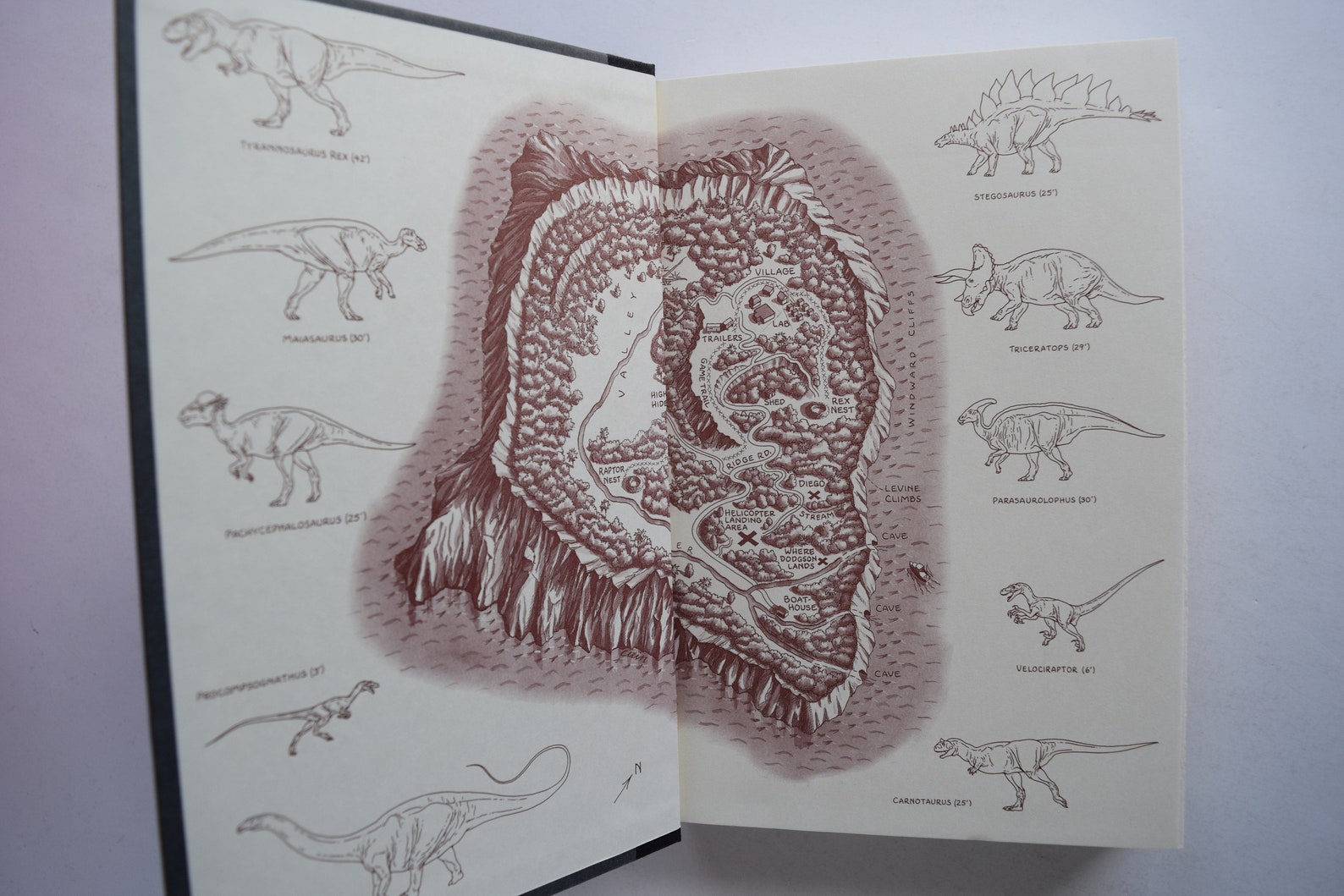

"Kong" is the great archetypal monster movie, copied endlessly ever since - not least by Spielberg himself in "Jaws" and "Jurassic Park." And, on it, O'Brien hit his apogee, creating a primeval jungle and rampaging beast who became a piece of imperishable movie mythology. Cooper and Ernest Schoedsack, a pair of daredevil movie documentarians whose personalities probably inspired "Kong's" reckless movie-maker Carl Denham (Robert Armstrong). Rexes.)Įight years after 1925's "Lost World," came "King Kong." It was conceived and co-directed by Merian C. (Admittedly, the one scene they have left from the novel becomes the movie's best and scariest sequence: the trailer cliffhanger where Julianne Moore dangles over a precipice during an attack by two T. Spielberg and screenwriter Koepp have been more cavalier with Crichton, actually junking most of the book, and their strategy works. Yet, though the 1925 movie (with Wallace Beery as Challenger and Lewis Stone as elegant "sportsman" John Roxton), follows Doyle's story fairly closely, it was so ruinously cut after its first release, and so blandly directed by Harry Hoyt (a journeyman who disappeared early in the talkie era), that the non-dinosaur stuff fails to evoke even a passing thrill.

Doyle's fictional hero, Professor Challenger, is just as brainy, colorful, eccentric and arrogant as his more celebrated detective Sherlock Holmes. The current "Lost World" is the better of the two movies - even though Doyle's book is far superior to Michael Crichton's.Ĭharacters are minimal projects for Crichton. And by 1925, when the movie was complete, the public shared that astonishment.

When author Doyle showed a sample of O'Brien's test footage, a New York Times reporter covering the event was allegedly uncertain about whether the film showed actual dinosaurs.


 0 kommentar(er)
0 kommentar(er)
